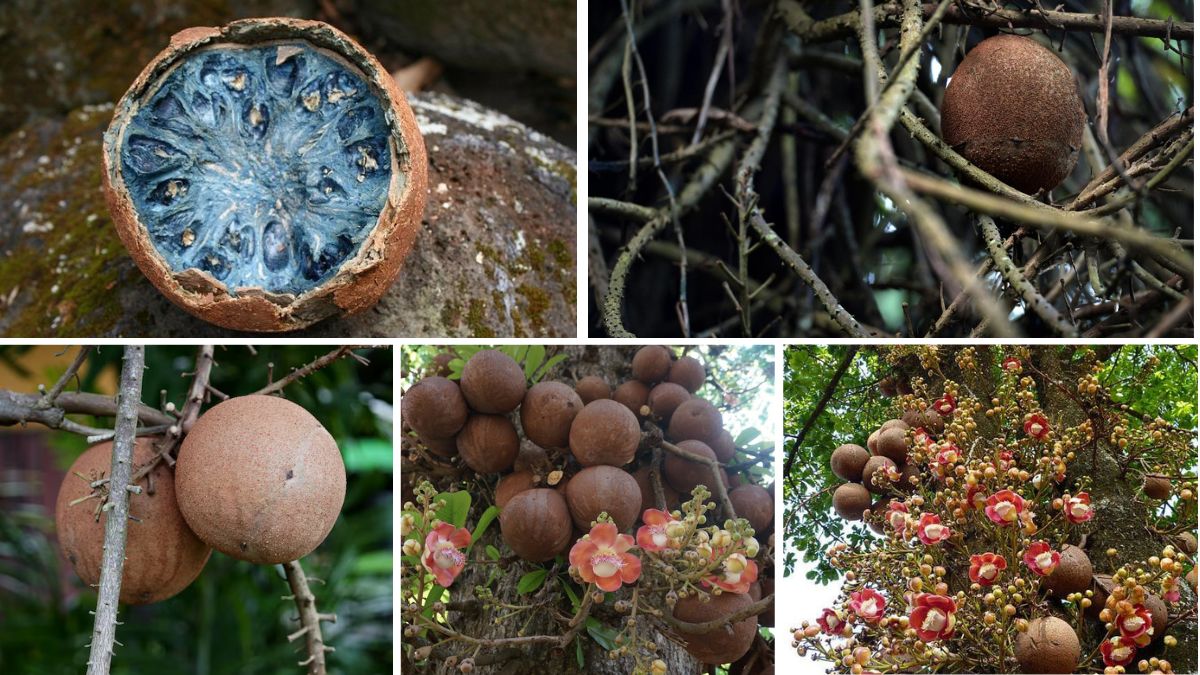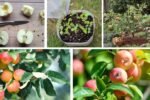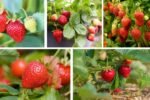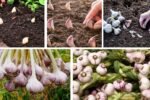The cannonball fruit, borne from the Couroupita guianensis tree, is a tropical marvel known for its striking appearance and unique characteristics. While not a major commercial crop, its cultivation and significance are noteworthy in certain regions. This article delves into the details of the cannonball fruit, its native origins, cultivation practices, and the countries where it is most prominently grown.
Understanding the Cannonball Fruit
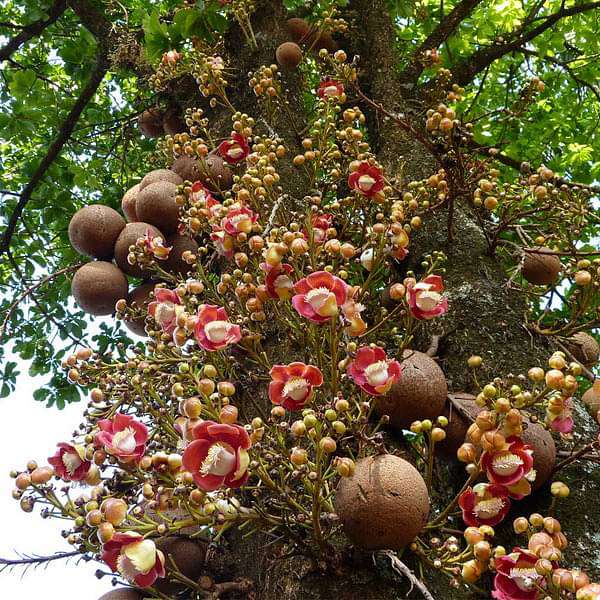
The cannonball fruit is named for its large, spherical, woody exterior that resembles a cannonball. These fruits can weigh up to 50 pounds and contain hundreds of seeds. The tree itself is a tall, soft-wooded member of the Brazil nut family (Lecythidaceae), native to the tropical rainforests of northeastern South America, particularly the Amazon Basin .
The fruit matures over a period of 12 to 18 months and is typically harvested when it falls naturally from the tree. The flesh inside is white and turns blue upon oxidation when exposed to air. While the fruit is technically edible, it is often avoided due to its pungent aroma and the presence of numerous seeds .
Native Regions and Natural Habitat
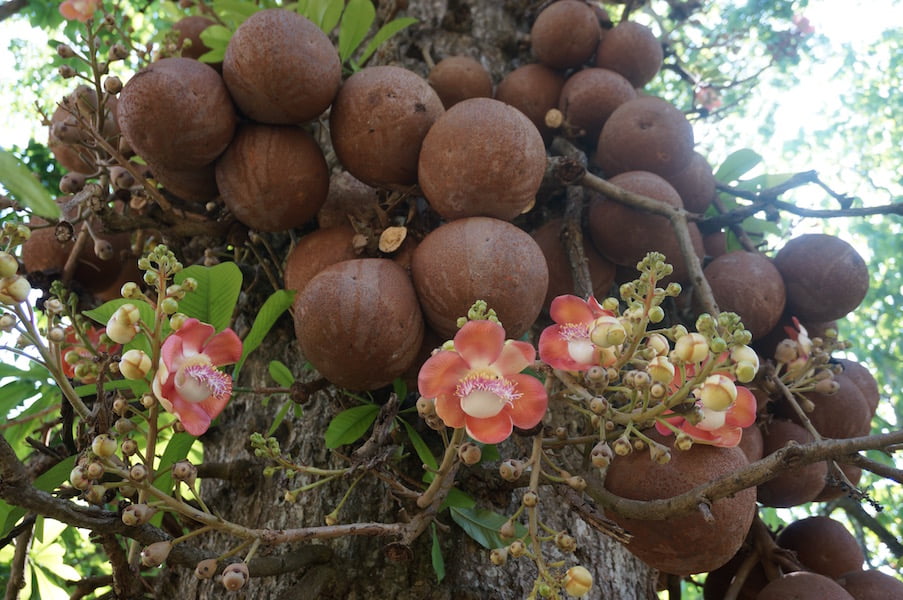
Couroupita guianensis thrives in the humid, lowland tropical climates of the Amazon Basin. Countries like Brazil, French Guiana, and Suriname are part of its native range. The tree is adapted to the rich, well-drained soils of tropical rainforests and plays a role in the local ecosystem by providing habitat and food for various wildlife species.
In its native habitat, the cannonball tree is often found in forested areas with high biodiversity. The large fruits, upon falling, contribute to the nutrient cycle of the forest floor, supporting the growth of other plant species.
Cultivation Beyond the Amazon
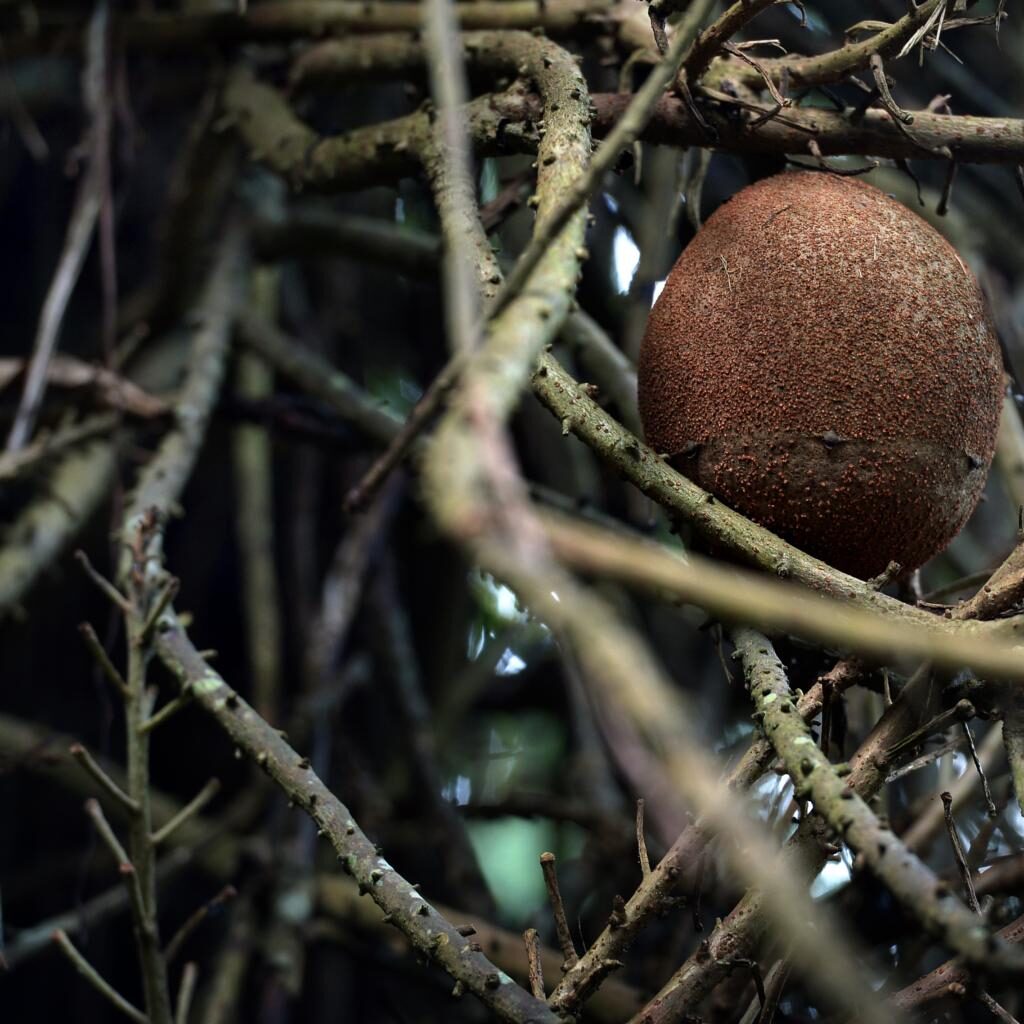
While the cannonball tree is native to South America, it has been introduced to various tropical regions around the world. Notably, countries in Asia and the Pacific have embraced its cultivation, often for ornamental purposes and religious significance.
India
India is one of the prominent countries where the cannonball tree has been cultivated outside its native range. The tree is revered in Hindu culture, with its flowers resembling the sacred nāga and lingam, leading to its association with Lord Shiva. As a result, the cannonball tree is often planted in temple gardens and religious sites across the country.
In states like Tamil Nadu, Karnataka, and Maharashtra, the tree is cultivated both for its cultural significance and as an ornamental plant. While specific production statistics are limited, the presence of the tree in numerous religious sites indicates its widespread cultivation.
Thailand
Thailand has also adopted the cannonball tree, particularly in Buddhist temples and monasteries. The tree’s striking flowers and cultural associations make it a popular choice for landscaping in religious and public spaces. The cultivation practices in Thailand mirror those in India, focusing on ornamental and cultural purposes rather than commercial fruit production.
Malaysia
In Malaysia, the cannonball tree is cultivated in botanical gardens and public parks. The tree’s unique appearance and the spectacle of its large fruits attract visitors and contribute to the country’s botanical diversity. While not a major agricultural product, the tree’s presence in Malaysia highlights its ornamental value.
Other Countries
Other tropical countries, including Sri Lanka, Indonesia, and the Philippines, have also introduced the cannonball tree. In these regions, the tree is primarily cultivated for ornamental purposes, with some instances of religious or cultural significance influencing its planting.
Economic and Cultural Significance
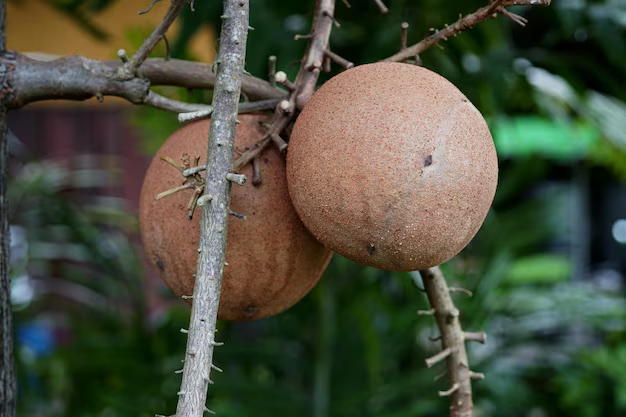
The cannonball tree’s economic importance is minimal, as it is not cultivated for commercial fruit production. However, its cultural and ornamental value is significant in various regions.
In India, the tree’s association with Hindu mythology and its presence in temple gardens contribute to its cultural importance. Similarly, in Thailand and Sri Lanka, the tree’s role in religious sites underscores its cultural significance.
Ornamentally, the cannonball tree is valued for its striking appearance. The large, spherical fruits and vibrant flowers make it a popular choice for landscaping in public parks, botanical gardens, and religious sites across tropical regions.
Challenges and Considerations in Cultivation
Cultivating the cannonball tree outside its native habitat presents several challenges:
- Climate Requirements: The tree requires a humid, tropical climate with consistent rainfall, making it suitable only for specific regions.
- Soil Conditions: Well-drained, fertile soils are essential for healthy growth. Inadequate soil conditions can lead to poor development and fruiting.
- Space Requirements: The cannonball tree is a large species, requiring ample space for growth. In urban areas, this can be a limiting factor.
- Fruit Characteristics: The large size and weight of the fruits pose challenges for harvesting and handling. Additionally, the strong odor of the fruit can be off-putting to some.
Despite these challenges, the tree’s ornamental and cultural value has led to its successful cultivation in various regions outside its native habitat.
Conclusion
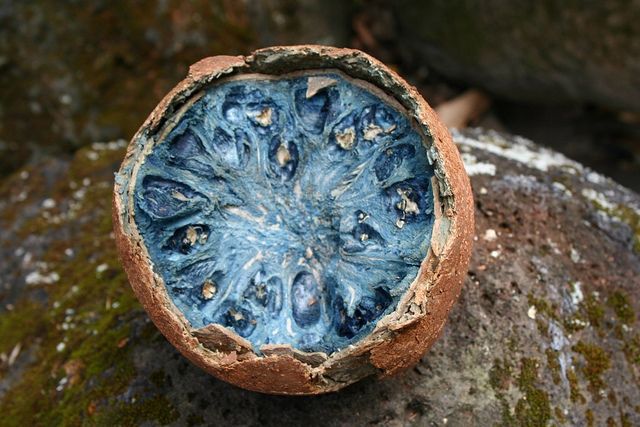
While the cannonball fruit is not a major agricultural commodity, its cultivation holds cultural and ornamental significance in several countries. India, Thailand, and Malaysia are among the nations where the tree is most prominently grown, primarily for religious and aesthetic purposes. Understanding the cultivation practices and cultural importance of the cannonball tree provides insight into the diverse ways in which tropical species are integrated into different regions around the world.
